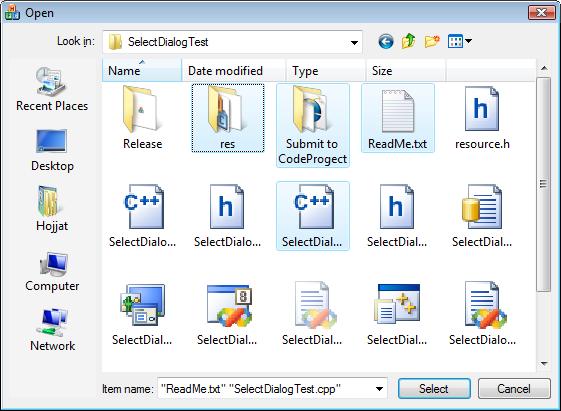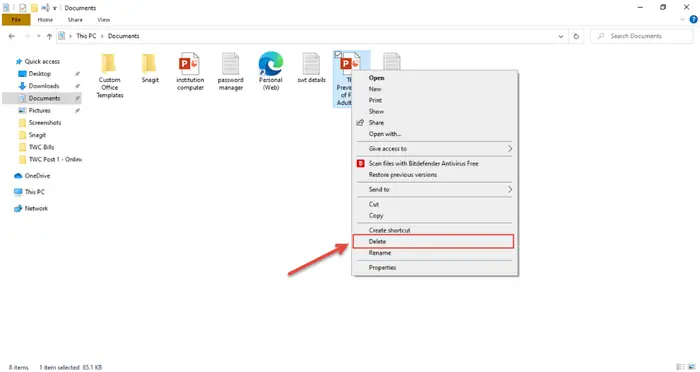
- Searchmyfiles selecting multiple files to delete free#
- Searchmyfiles selecting multiple files to delete windows#
Let’s solve this problem using this technique. The entire command looks like: awk ‘…codes to build rm cmds…’ input | sh. We’ve learned we can pipe the output of the awk command to “ xargs rm” to delete the files. Alternatively, we can ask the awk command to build the rm commands and pipe the output to the sh to execute. We just list log files whose dates are earlier or equal to the value of the variable dt. We use command substitution to assign the variable dt by the output of the date command. Let’s see how the awk command finds those files in one shot: $ awk -F'.' -v dt="$(date +%F -d '35 days ago')" '$3 <= dt' <(ls -1 logs/*) Once we have the date 35 days ago, this problem turns into “Delete log files older than ″. Let’s say we want to delete the log files older than 35 days.īefore we show the awk command, let’s have a look at the date command to calculate the date 35 days ago: # the current date: Similarly, we can also pass the output of the awk command to xargs and rm: Find all duplicate files that were created in the last 30 days. We’ve learned to use the find | xargs combination to remove files found by the find command. Using CCleaner to find and delete duplicate files CCleaner is a very popular utility that cleans up the browser cache, junk files, and obsolete registry entries. Find only the duplicate files with 'hidden' attribute. It allows you to easily search files in your system by wildcard, by last modified/created/last accessed time, by file attributes, by file content (text or binary search), and by the file size. But it’s straightforward to get those files using the awk command: $ awk -F'.' -v from='' -v to='' '$3>=from & $3=from & $3<=to’: This is pretty easy to understand - we take the log files covered by the time range and print the filenamesĪfter we have the files to delete, the next step will be executing the actual deletion operation on the files. SearchMyFiles is an alternative to the standard 'Search For Files And Folders' module of Windows. And as the name suggests, this is all about. It helps you search for files & folders faster.
Searchmyfiles selecting multiple files to delete windows#
Public class FileListAccessory extends JComponent implements Propert圜hangeListener else if (JFileChooser.SELECTED_FILE_CHANGED_PROPERTY.Let’s say we want to delete the log files between -29.įinding log files in a date range isn’t easy to solve using the pattern matching techniques we’ve learned so far. SearchMyFiles is an alternative to the built-in Windows Search module.

Once the files or folders are highlighted, right-click one of the highlighted files or folders to view available options to cut, copy, or delete. Click Edit in the menu bar at the top of the window. Quick search is a small hidden bar that hovers at. Open a folder or directory in File Explorer or My Computer.

All connected drives can be searched through at once, including external drives. It can search for files on NTFS or FAT drives and supports wildcard search terms for a more flexible search.
Searchmyfiles selecting multiple files to delete free#
When you click open, all the files can be obtained from the DefaultListModelįileListAccessory class that extends JComponent import Wise JetSearch is a free file search utility that can search for files on any attached drive in Windows. I just created JList that you can add to by selecting files, and remove files by selecting the file from the list and clicking remove. See the FileChooserDemo2 for more explanation on this. So you can create a panel to with a list that you can add and remove selected files (or any other JComponent you want to create) and add it as an accessory to the file chooser.

What you are looking for is not a standard feature, but you can customize the chooser, using tAccessory(.) which takes as a argument a JComponent.


 0 kommentar(er)
0 kommentar(er)
